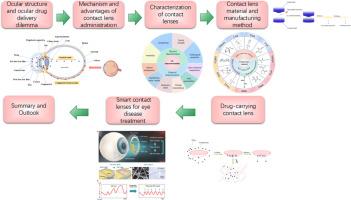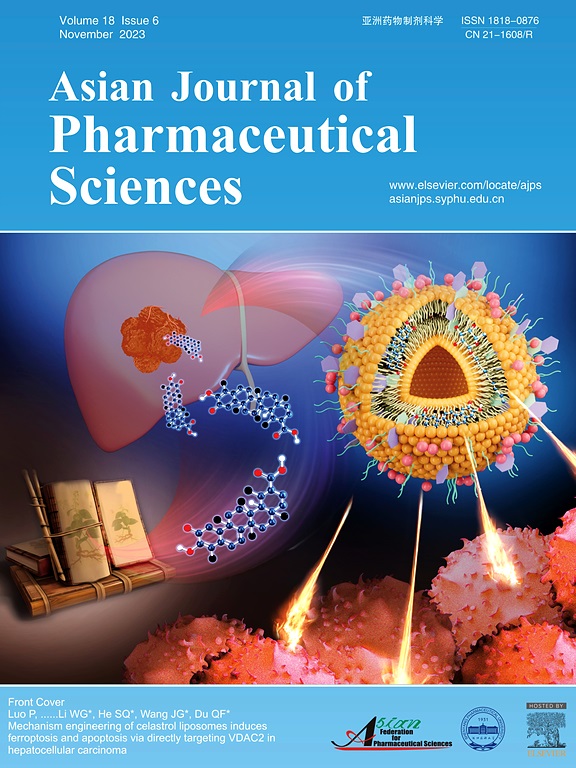Contact lens as an emerging platform for ophthalmic drug delivery: A systematic review
Abstract
The number of people with eye diseases has increased with the use of electronics. However, the bioavailability of eye drops remains low owing to the presence of the ocular barrier and other reasons. Although many drug delivery systems have been developed to overcome these problems, they have certain limitations. In recent years, the development of contact lenses that can deliver drugs for long periods with high bioavailability and without affecting vision has increased the interest in using contact lenses for drug delivery. Hence, a review of the current state of research on drug delivery contact lenses has become crucial. This article reviews the key physical and chemical properties of drug-laden contact lenses, development and classification of contact lenses, and features of the commonly used materials. A review of the methods commonly used in current research to create contact lenses has also been presented. An overview on how drug-laden contact lenses can overcome the problems of high burst and short release duration has been discussed. Overall, the review focuses on drug delivery methods using smart contact lenses, and predicts the future direction of research on contact lenses.


 求助内容:
求助内容: 应助结果提醒方式:
应助结果提醒方式:


